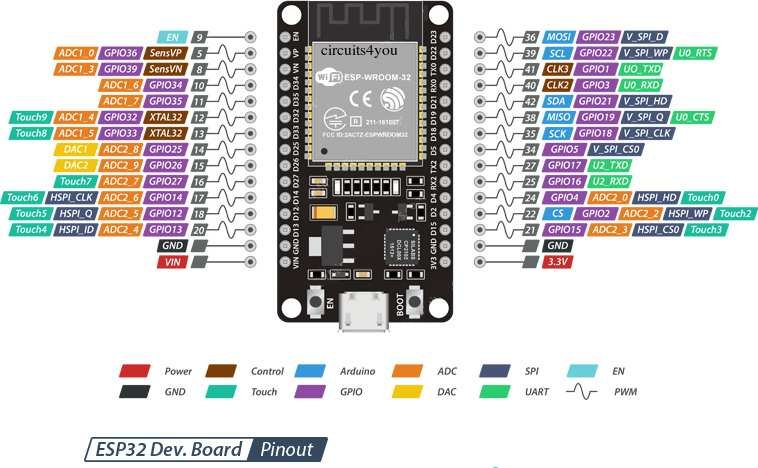

Here is the schematic of the circuit I used to check out the ESP8266 IR Send/Receive software. This added unit, functioning as a web server, would be responsible for receiving the remote control commands and then transmitting the corresponding IR code to the DVR, using an IR Diode similar to the type found in remote controllers. Instead of using the ATT SDK, the IR commands would be sent to the second ESP8266 setup, using an web-server client command. I really just came up with a tweak of the original concept. One that could be totally controlled within the framework of a micro-controller system. In order to move forward with this project, an alternate approach was needed. You never know unless you ask… Plan B: Adding another ESP8266 at the DVR We shall see what they have to say about that. So I sent a request to ATT to provide an SDK suitable for micro-controller use. I was hoping that ATT would provide the solution. That’s the problem-it will take too much time. While I believe there is a way to port the java-based SDK to the ESP8266 embedded platform, it is not an endeavor I wish to pursue at this time. You see, the SDK only supports mobile apps using iOS or Android platforms. This interface would, based on the button pressed, send commands to the DVR, over an internet connection. Then, the ESP8266 code would take advantage of the AT&T U-verse® Enabled SDK.

The system would use an IR sensor to read the remote code to determine which button was pressed. Initially, I wanted a system that used an ESP8266 positioned locally at the TV set, one setup for each television. Here is what I came up with… IR Remote Solution using ESP8266 So this looked like another opportunity to deploy the low cost ESP8266 as a solution. But the relatively high cost of an Arduino, Raspberry Pi or Particle WIFI enabled system was unappealing. Works great! But at nearly $50, it just seemed a bit cost prohibitive to add additional pairs for the other 2 sets. I did have one IR transmitter/receiver pair that I purchased off-the-shelf. But that experience is not the same as using the physical remote that you get with the DVR.

Sure, my Att-Uverse service includes a free smartphone App to use as a remote control for the other TVs. The remote would only work when pointed directly at the DVR. It was pleasing to see that the active HDMI splitter could drive the remote TVs without any pixelation or frame freezes. The furthest HDMI cable required 100 feet. Using the attic pathway, direct connections were made to each of the sets. So I used a 1-4 HDMI splitter/driver to distribute the signal from the one box to the 4 TVs. And since only 1 set is needed at a time, only one DVR box is needed. Even though I live alone, there are 4 TVs spread around my house.


 0 kommentar(er)
0 kommentar(er)
